1912 Indian – Introduction By Trevor Hedge
This twin-cylinder Indian belongs to Victorian enthusiast George Hetrel.
Resplendent in the famed red colour that Indian adopted as their standard colour in 1912, the same year as this beautiful machine pictured here was produced by Indian. The brand founded by the Hendee Manufacturing Company, a partnership between enthusiast racers Oscar Hedstrom and Oliver Hendee, who produced their first prototype Indian motorcycle in 1901.
That early machine was powered by a single-cylinder F-head (inlet over exhaust) engine that was a stressed member of the diamond shaped frame and right from the off Indian utilised chain final drive as their chosen method of transferring power to the rear wheel. They hit the recipe for early success and it was this early success that funded the production of the large capacity twins which the Indian brand was to become synonymous for.
Indian first, 38.61ci (633cc) v-twin appeared in 1907 with an engine clearly derived from that of the single, though mechanical inlet valves – introduced for 1908 – were an early improvement.
The twin’s rear cylinder continued to form part of the frame until 1909 when a loop frame of the type favoured by rivals Harley-Davidson was adopted.
The Springfield Company’s first ‘Big Twin’ debuted that same year displacing 61 ci (988cc).
In 1911 Indians got first, second and third places in the Manx TT and this victory created much goodwill for the make in Europe.
By 1913 Indian was the largest motorcycle manufacturer in the world; the 1913 production was almost 32,000 machines.
There were 2,000 dealers all over the world and Indian controlled some 42 per cent of the domestic motorcycle market in the USA.
Four models were catalogued, a single speed single and twin and a two speed single and twin.
A new feature for 1913 was the spring frame This “Regular Model” was the popular “basic” model with single speed with hand- operated as well as foot-operated clutch and all-chain drive.
I think you will agree that this is a timeless classic of simplistic beauty that will never age.
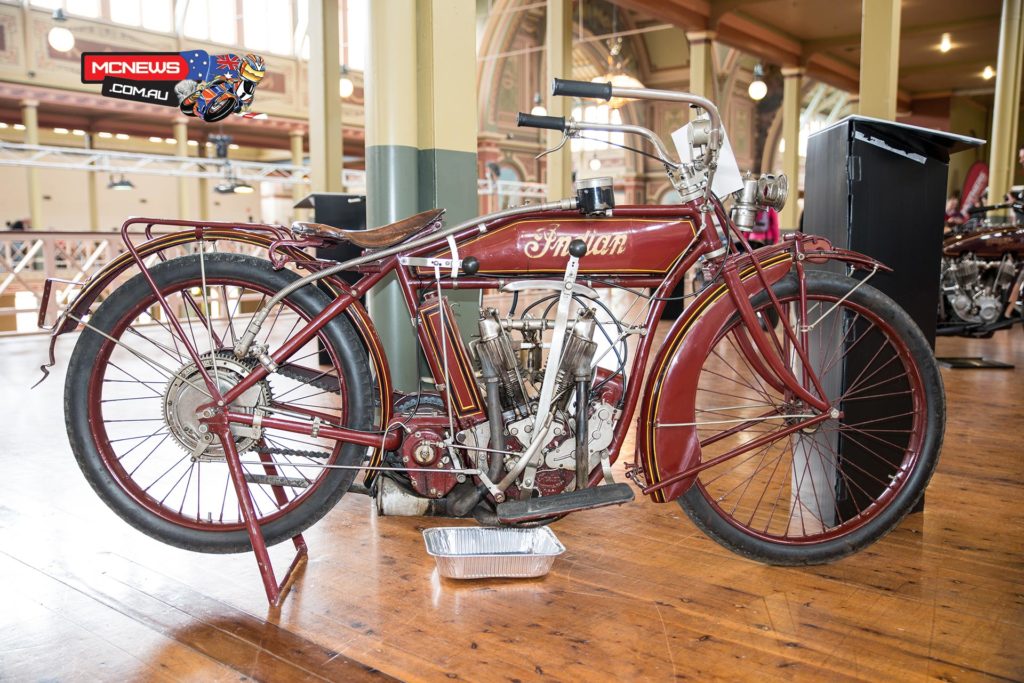
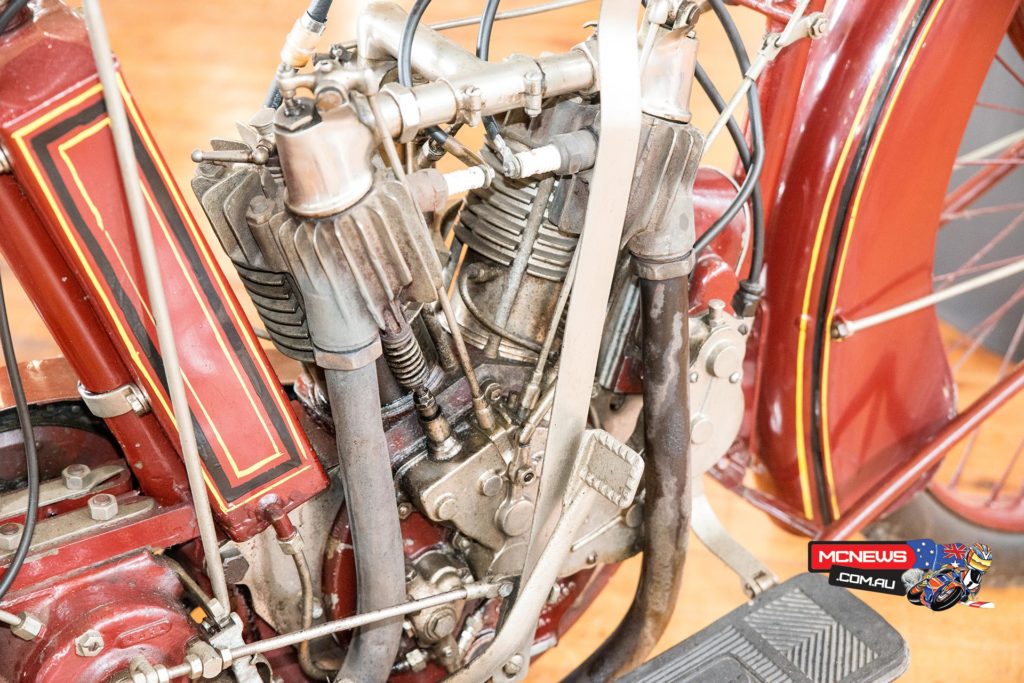
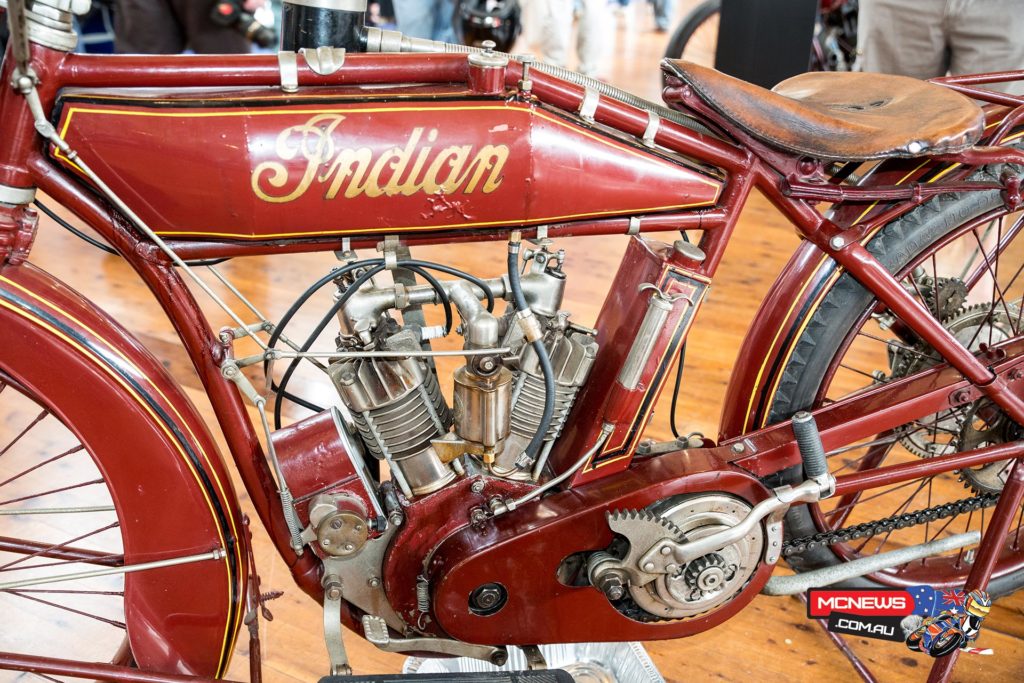
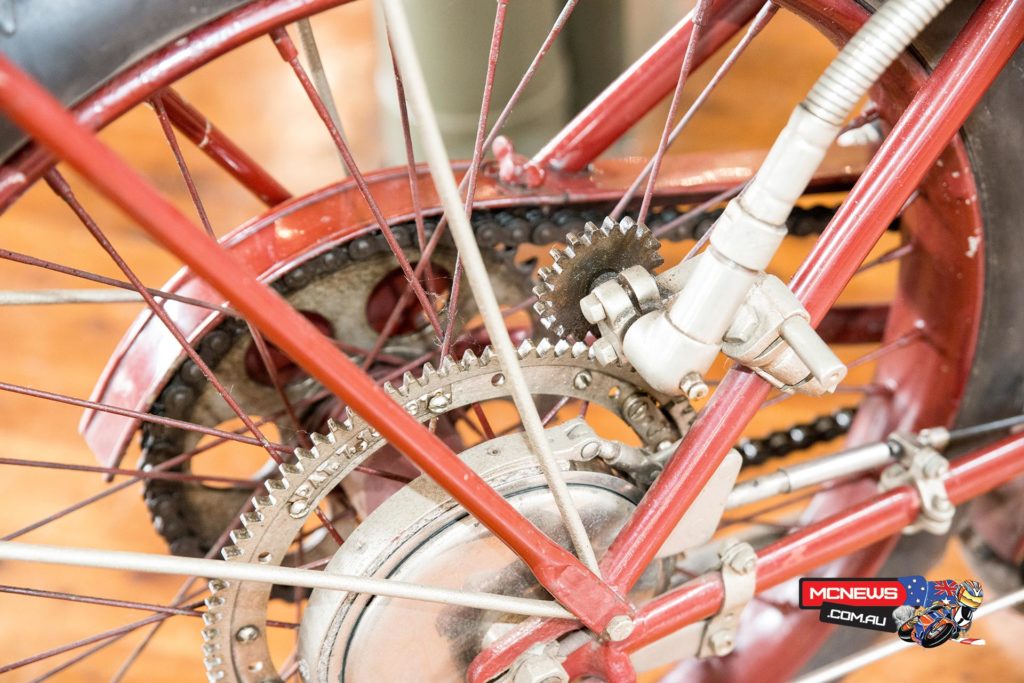
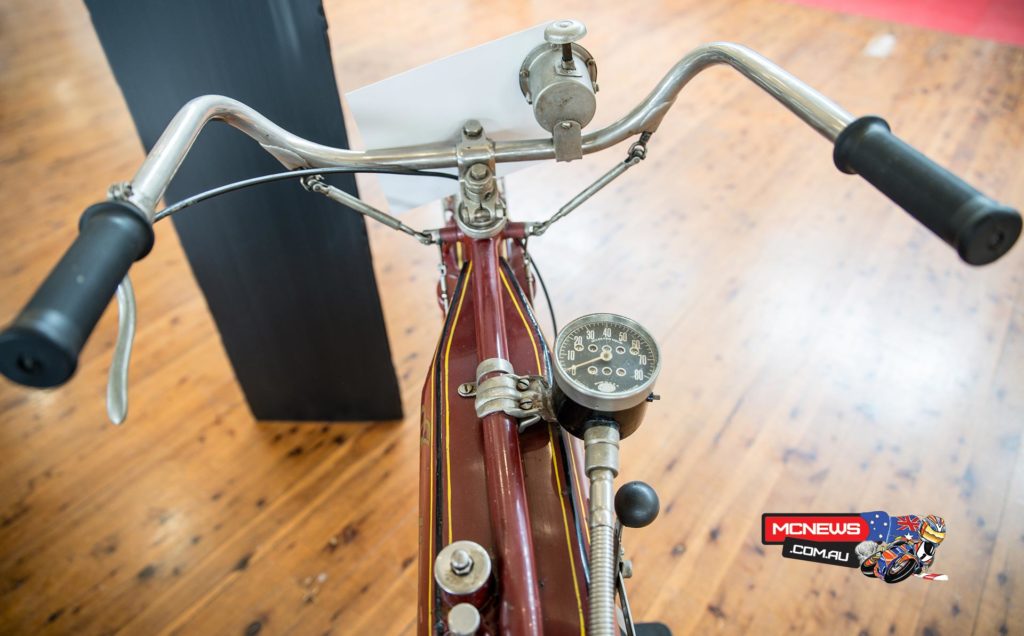
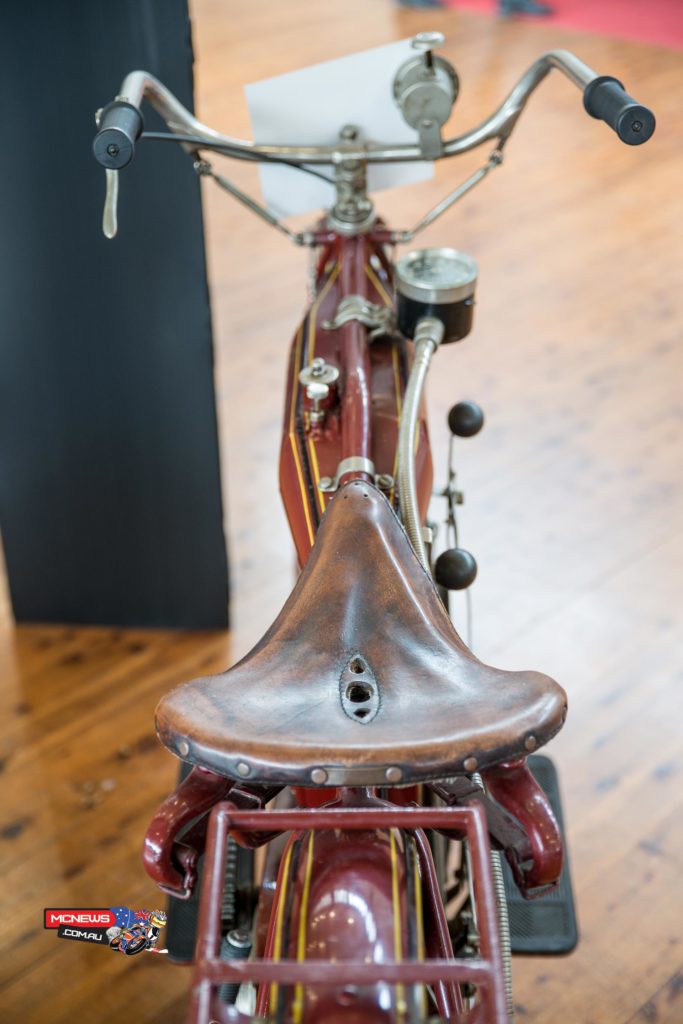
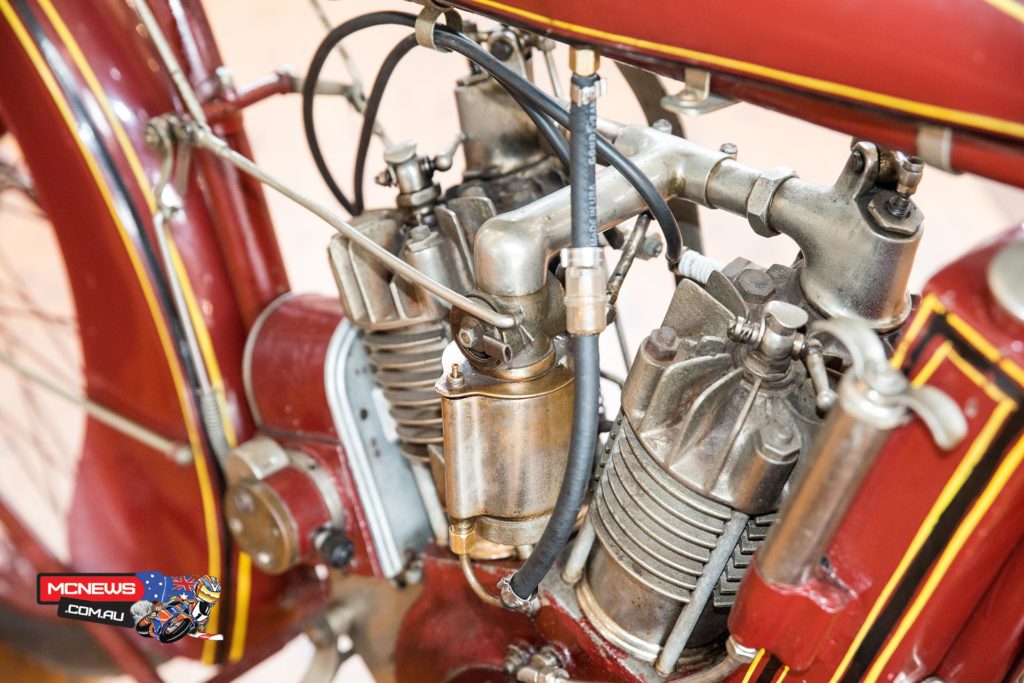
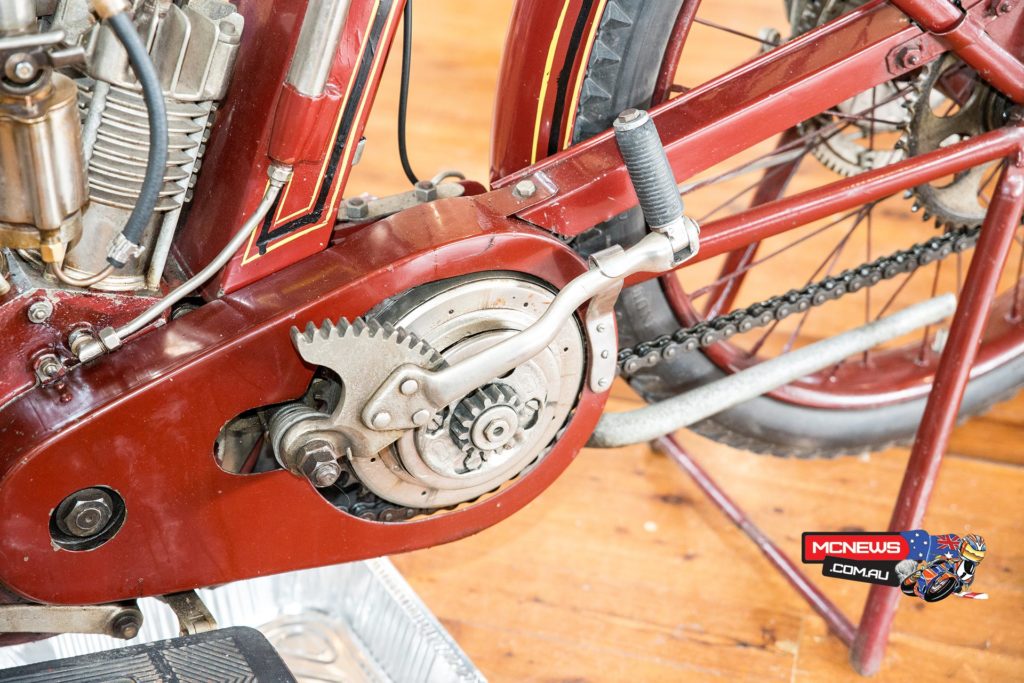
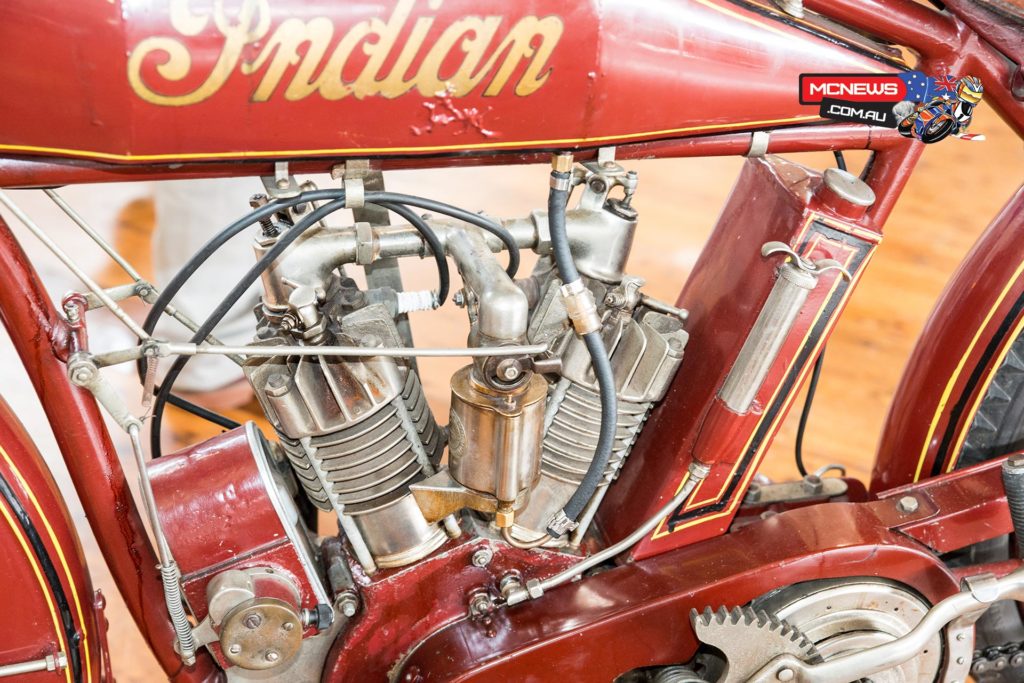
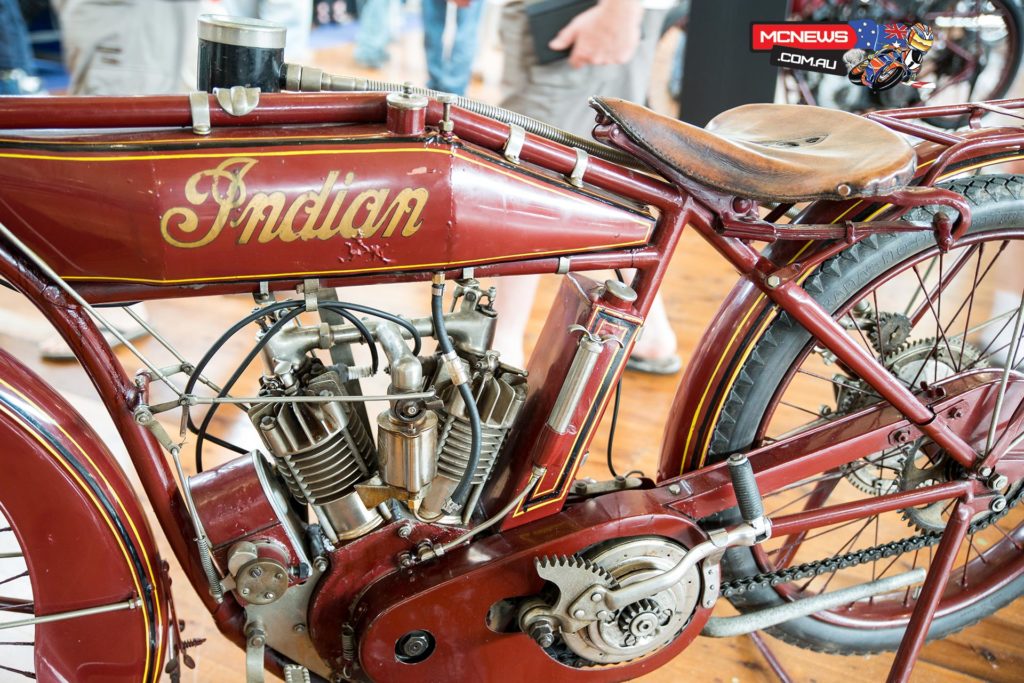
References – http://www.yesterdays.nl/indian-1912-regular-model-1000-p-1854.html























